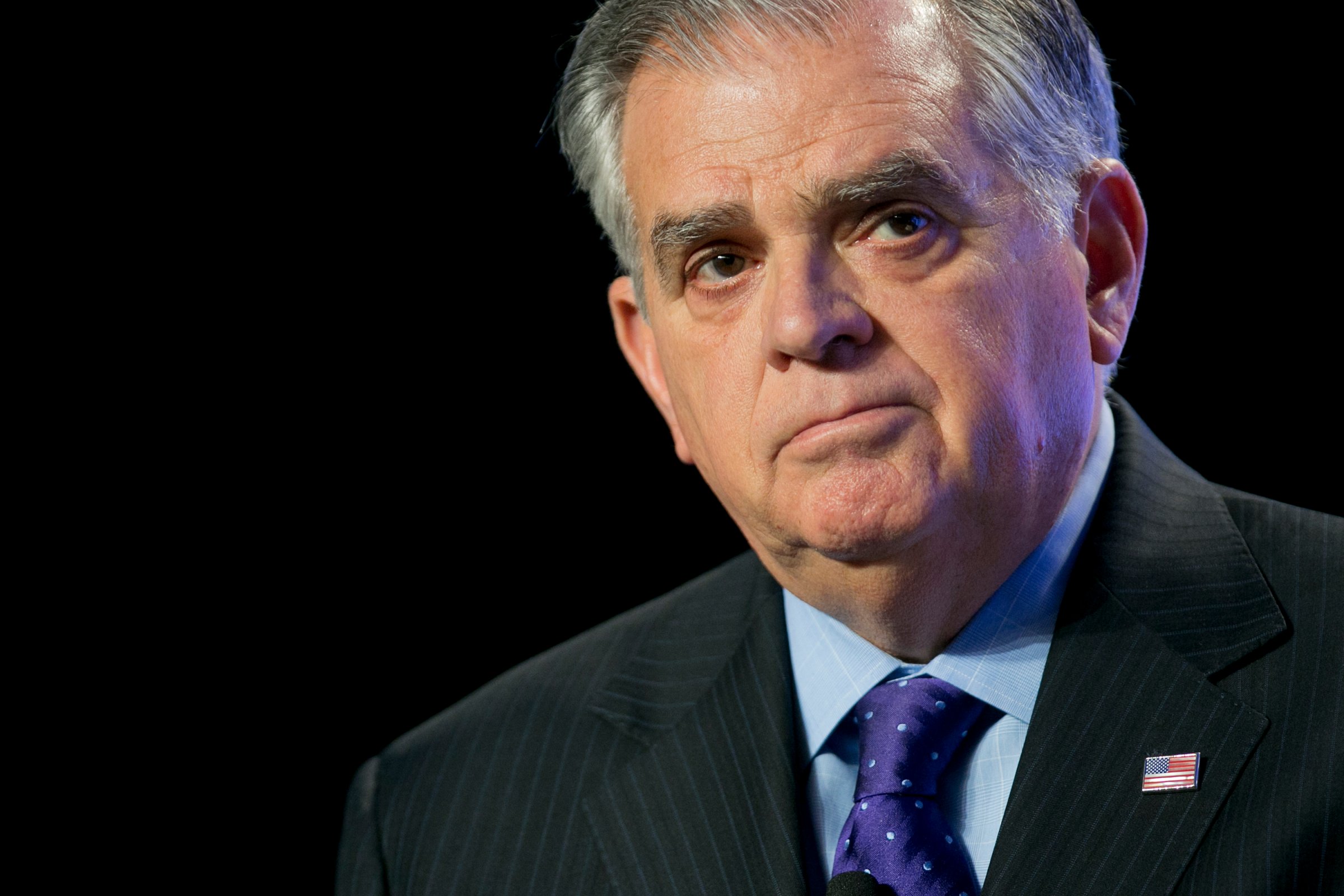
Ray LaHood served as the 16th Secretary of Transportation and serves as an adviser to Amtrak.
The nation’s transportation systems connect families, friends, and businesses across the nation. Transportation and freight networks support commuters and family vacations, the movement of consumer goods and exports. So when transportation systems are struck by a terrible tragedy, it is part of everyone’s lives.
Tuesday’s fatal Amtrak derailment happened near Philadelphia, but the effects were felt up and down the East Coast in towns and communities the victims and their families call home. The transportation infrastructure tragedies that capture the attention of the press every few years are not just isolated incidents that happen in some other community, on someone else’s trip. These tragedies are the result of a systematic transportation infrastructure crisis happening across this country, and they have the potential to affect everyone.
Americans have seen this type of tragedy before, with shocking pictures of wreckage and victims played on television and printed in newspapers. But in a few days or weeks people move on to the next story and quickly forget these catastrophes, and the fact that they are completely avoidable.
This week’s Amtrak accident is just the most recent in a long line of transportation tragedies. In 2007 in Minnesota, an eight-lane bridge collapsed into the Mississippi River. More than a dozen people died. It was horrifying, and for a moment it seemed like there might be a real commitment to repairing and investing in our infrastructure. But there was no outrage that the bridge was known to be “structurally deficient.” And no great infrastructure packages passed through Congress.
Then in 2013, a bridge in Washington State collapsed on a major thoroughfare to Canada. On a heavy-traffic holiday weekend, an oversized truck hit one of the bridge’s overhead tresses, and the impact caused the whole bridge to collapse. Miraculously no one died. Again, it felt like this time might be different. How could this great nation do nothing about a bridge built in 1955, one deemed “functionally obsolete,” one so fragile that the impact of one truck would bring the whole bridge down?
But that’s what we did. We did nothing. We didn’t demand action. Nothing changed.
We won’t know exactly what happened in the Amtrak accident until the National Transportation Safety Board wraps up its investigation, but what we absolutely know for certain is that our transportation and infrastructure funding mechanisms are fundamentally broken in this country. And we’ve actually known that for a long time.
The federal gas tax, the main revenue source for the Highway Trust Fund, has not been raised since the early 1990s. The Highway Trust Fund is the big pot of money that builds and maintains our national highway system, and it is just days away from bankruptcy. In the more than 20 years we haven’t raised the gas tax, it has lost a third of its purchasing power. But highway maintenance needs haven’t reduced at all. At this point, America is basically one big pothole.
A 2013 report from Transportation for America found that more than 66,000 bridges are “structurally deficient.” That’s one in nine. The bridge that collapsed in Minnesota was one of them. The report also found that in 10 years, one in four bridges in the country will likely be structurally deficient.
The irony of letting our infrastructure slide into a state of disrepair for financial reasons, besides the fact that it is terribly unsafe, is that it is also fiscally unsound. Routine maintenance is much less expensive than enormous repairs or building a new bridge. When a municipality lacks funding and has to defer routine maintenance year after year, they end up with an expensive crisis on their hands.
Roads and highways aren’t the only piece of infrastructure starved by underfunding. Our cities are built on water systems that are a century old. The aviation sector relies on World War II era radar technology. And funding for public transportation, like Amtrak, is routinely cut to the bone by a fickle Congress more interested in a press release announcing they saved a buck than in investing in our country’s future.
Undeniable evidence is mounting, and a responsible Congress would have taken action by now and done something to rebuild America’s transportation infrastructure. But there is no vision or leadership coming out of Congress on this critical issue. To make the dramatic change we need in order to finance the infrastructure projects this country desperately needs Congress must increase the gas tax and explore new strategies to raise revenue and finance these projects. Instead, as the Highway Trust Fund is rapidly approaching bankruptcy, Congress will likely pass a short-term patch for no less than the 34th time in six years.
Congress is going to push our infrastructure to the point of disaster. Short-term patches, Band-Aids, and duct tape will not dramatically overhaul our transportation infrastructure systems. And we need nothing short of a dramatic overhaul. This country doesn’t work without roads and rails, pipes and ports that work, too. Infrastructure moves us and connects us, it keeps our economy going and when it works well, it keeps us safe and gives Americans a high quality of life. When we let it break down, it leads to crisis and tragedy. We need to get out of crisis-mode and invest in our future. The time for action is now.
See Photos of the Amtrak Train Crash in Philadelphia
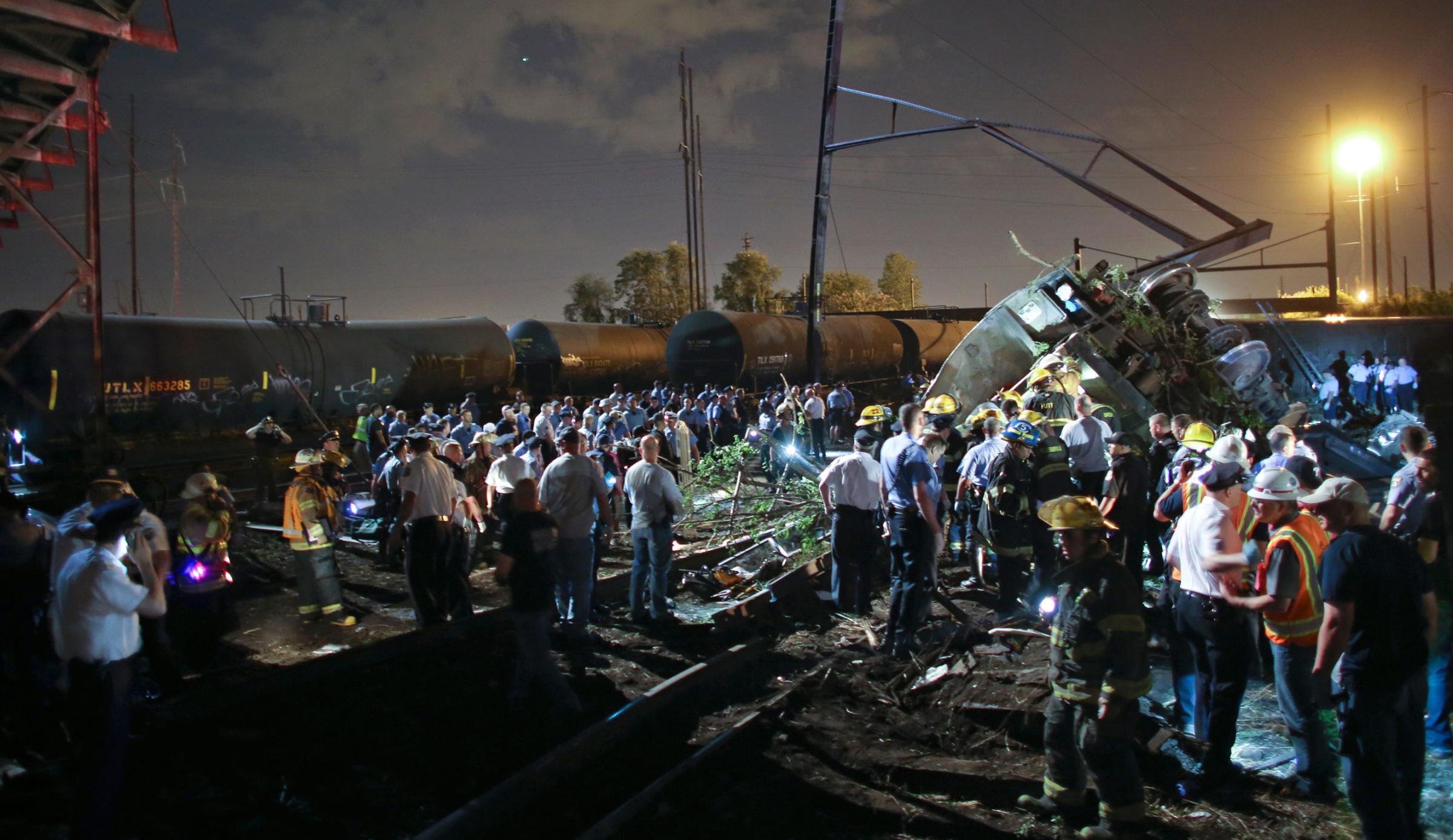




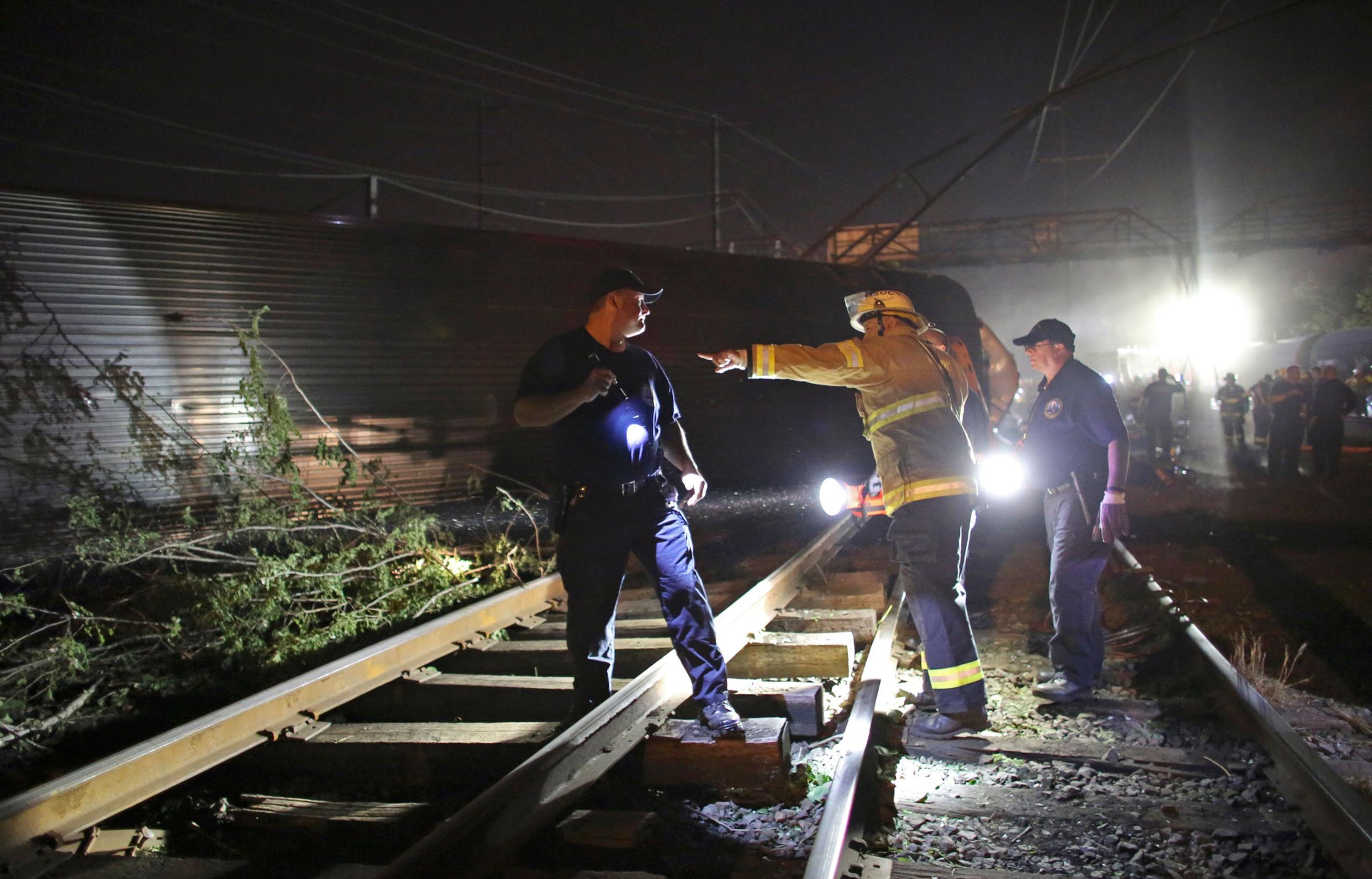
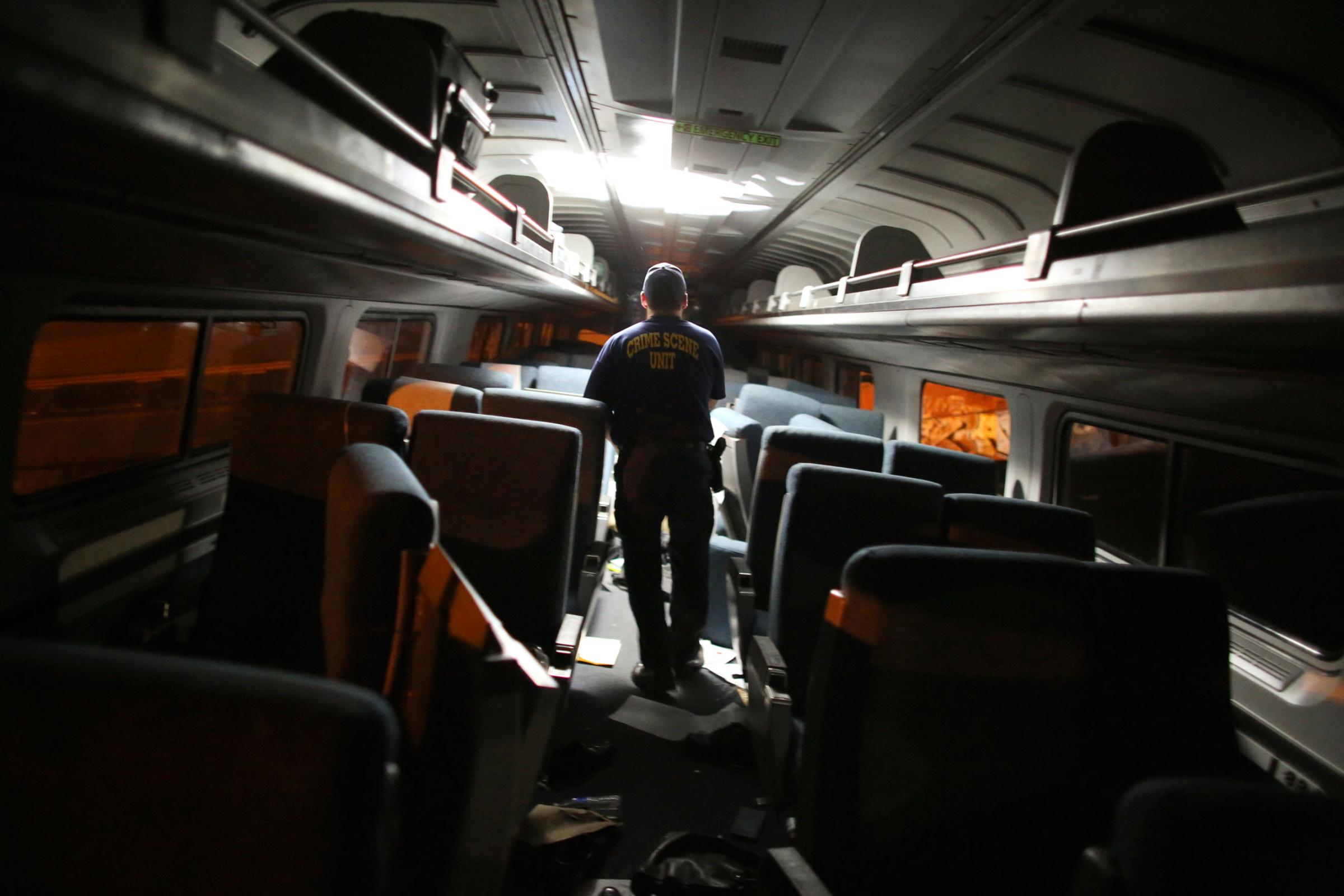
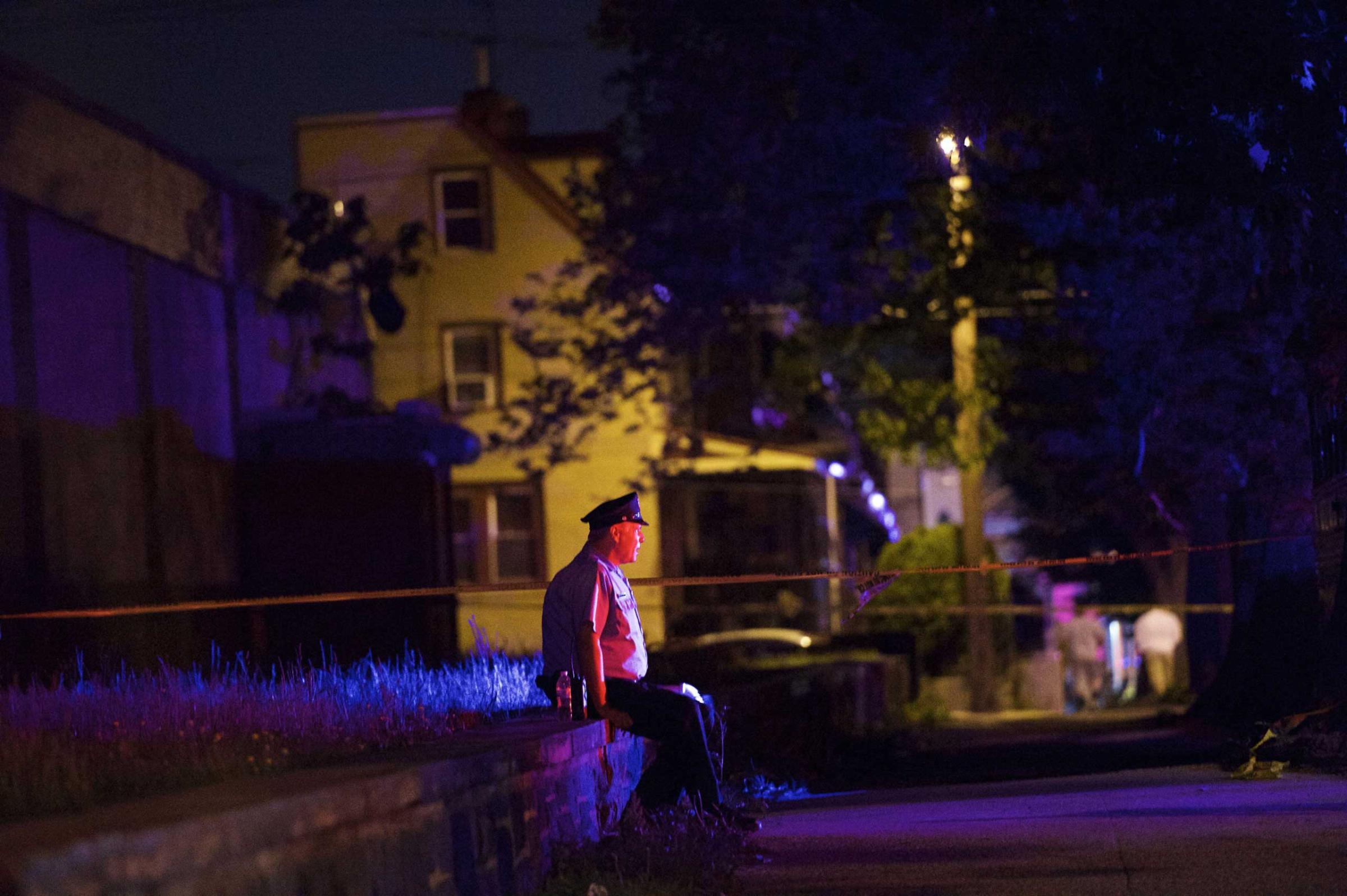

More Must-Reads From TIME
- The 100 Most Influential People of 2024
- Coco Gauff Is Playing for Herself Now
- Scenes From Pro-Palestinian Encampments Across U.S. Universities
- 6 Compliments That Land Every Time
- If You're Dating Right Now , You're Brave: Column
- The AI That Could Heal a Divided Internet
- Fallout Is a Brilliant Model for the Future of Video Game Adaptations
- Want Weekly Recs on What to Watch, Read, and More? Sign Up for Worth Your Time
Contact us at letters@time.com